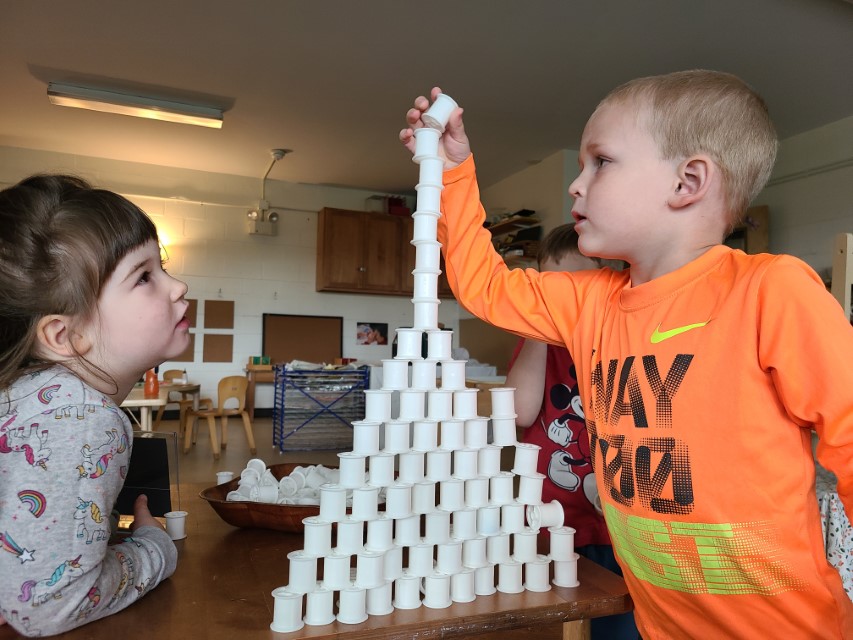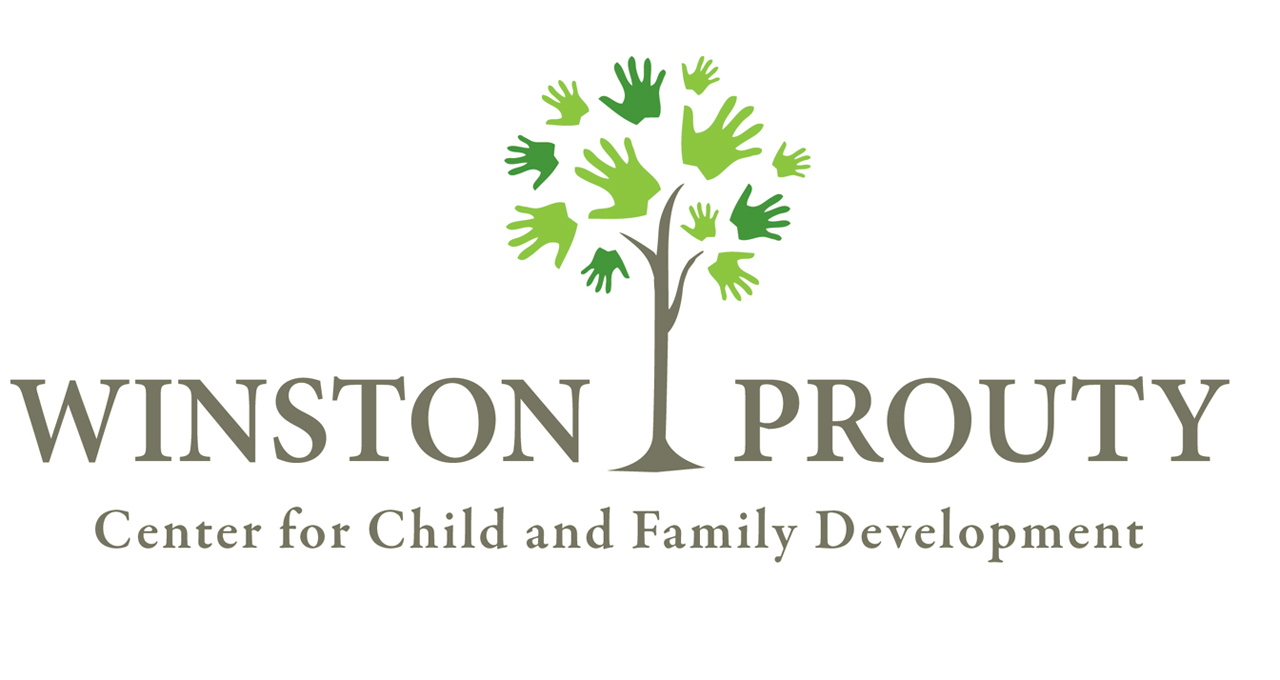The future of child care is now
By Chloe Learey, Executive Director
Awareness about the important role child care plays in economic development has reached the point that a critical mass of people understand why we should all care about child care. The pandemic certainly helped amplify the message as essential workers struggled to provide services when their children were not able to be in school; child care became understood as essential, too.
We are over two years out from the start of the pandemic and there has been some success towards investing in child care at the level required to match its value to our communities. Some of it has been temporary support, like one-time funding that has been used to pay teacher bonuses and give grants to programs to cover lost revenue during the pandemic. One large policy change in Vermont that will have an on-going positive impact is the increased investment in the financial assistance program that helps families pay for child care. The reimbursement rate has been increased and eligibility has been expanded to 350 percent of federal poverty, which means that more families will get assistance. In addition, policies will support families who have multiple children in care by capping the share that they pay. This is a win for families, a win for providers who participate in the financial assistance program, and a win for the community, including any employers looking to hire.

Here in Windham County, the Child Care Counts Coalition, dedicated to stabilizing and increasing the number of available slots for high-quality child care in Windham County, has had many successes. Working with the Windham Regional Career Center and the Community College of Vermont, it has increased opportunities for early childhood educators to access education. It has raised money to give to child care professionals to recognize their contributions to our community. And, it is about to release a series of videos to shared information about starting a child care business.
However, we have much further to go. Teachers who work in early care and education continue to be among the lowest paid of any profession. The current hiring market has pushed up wages and it remains difficult for early learning programs to compete with other employers who are also offering more. In the current system one of the only ways to raise revenue is to increase the tuition families pay, which is already more than a mortgage or rent for some at $1,200 a month on average. Increased public investment through programs like child care financial assistance is critical.
A recent article in the New York Times heralds a 59 percent decrease in the child poverty rate since 1993, a surprise to many people (https://www.nytimes.com/2022/09/14/briefing/child-poverty-plunging-us-economy.html). The biggest contributing factor to this decrease is the increase in government assistance through programs such as Medicaid, expanded tax credits, and food benefits. This example of how public investment can improve the well-being of children can inform how we approach child care. A thriving early care and learning system benefits us all.
A recent Harvard Business Review noted: “When the COVID-19 pandemic removed the safety net of schooling and employee-paid child care for working families, the damage was cataclysmic. Without a stable form of child care as part of the business infrastructure, the world stopped working for the vast majority of working parents around the world.” (https://www.hbsp.harvard.edu/product/H06AJ7-PDF-ENG). The effects of the pandemic and other variables continue to impact the child care market. The way some people work has shifted, e.g. from in-person to virtual, or to hybrid, and this impacts the kind of care they might want or need. Full-time, five-day care as the standard for a successful business model might not bear out. The cost-benefit analysis of whether or not to work continues to be a pressing question in an environment where Vermonter’s pay over 25 percent of their income on child care. “Child care deserts” cause families to travel great distances to access a program if they can even find an opening, and lack of capacity can lead to children being in unregulated settings.
I believe our community can work collectively to successfully address this issue and create a better environment for our youngest residents, our workforce, and our economy. We have made important progress towards making child care accessible, affordable and higher quality; let’s not lose ground now.
